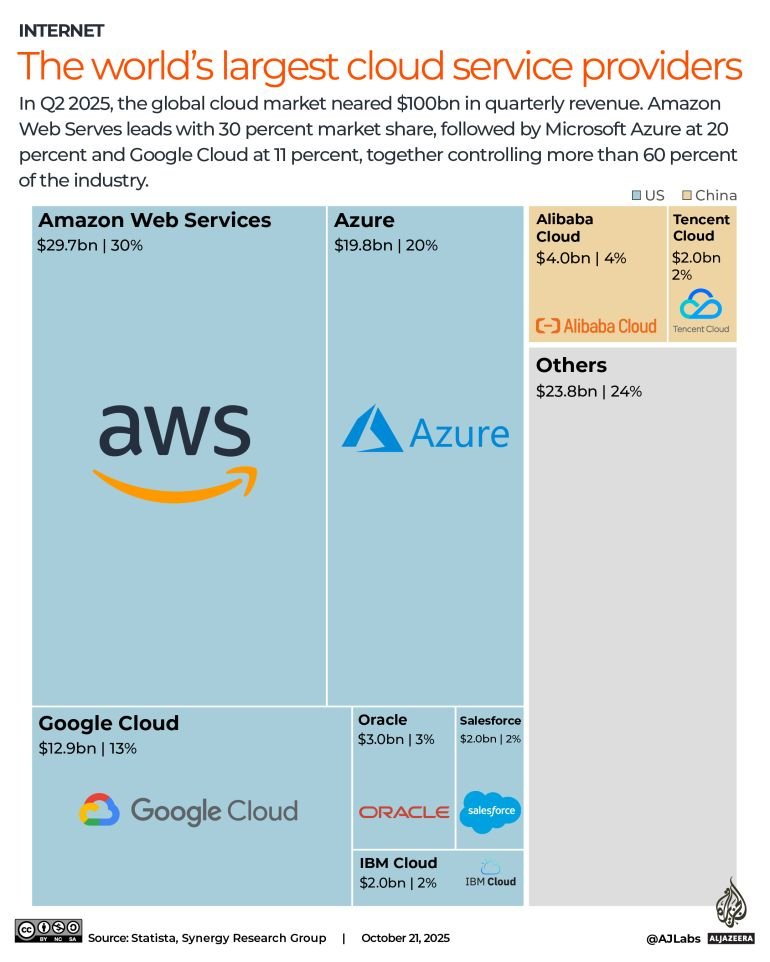Support CleanTechnica’s work through a Substack subscription or on Stripe.
As the 13th Philippine Electric Vehicle Show opens its doors today, the country’s electric vehicle market is experiencing unprecedented growth, with projections indicating sales could reach 20,000 units in 2025, up from just 4,000 vehicles in 2024.
CleanTechnica will provide full coverage of the four-day event. We are also using it as a pivot to an earlier interview with EV expert Akshay Prasad, Principal at Arthur D. Little Southeast Asia’s Automotive & Manufacturing Practice group. The full interview is available here.

This fivefold increase signals a turning point for the archipelago’s automotive landscape, driven by extended zero-tariff policies and the growing dominance of Chinese manufacturers who are capturing the majority of the nascent market.
The surge follows the government’s extension of zero-tariff rates on electric vehicles and their components until 2028, a policy first announced in May 2024 and reaffirmed in early 2025 as part of the Electric Vehicle Industry Development Act (EVIDA). The policy eliminates import duties that previously ranged from 3 to 40 percent on fully built units and parts.
Chinese brands lead the charge
Chinese manufacturers, particularly BYD, have established commanding positions in the Philippine market. In the first half of 2025, BYD commanded an estimated 40 percent share of battery electric vehicle imports, with models like the Atto 3 and Seal gaining traction in the PHP 1.5 to 2.5 million price segment.
“For Chinese brands like BYD, which already commands a significant share of the nascent EV market, this extension will amplify their dominance,” said Akshay Prasad, Principal at Arthur D. Little Southeast Asia’s Automotive & Manufacturing Practice. The zero-tariff policy “could reduce ex-showroom prices by 10 to 15 percent, making them more accessible in the PHP 1.5 to 2.5 million segment, where traditional ICE vehicles still hold sway.”
Prasad projects that Chinese brands will capture 60 to 70 percent of the market’s growth, potentially pushing their overall market share to a dominant position within the next one to two years. “The policy cements BYD’s lead,” he noted, adding that the company is accelerating local assembly plans, potentially through partnerships with firms like ACMobility, targeting 10,000 units annually by 2027.
New vehicle classifications reshape reporting
A significant regulatory development is reshaping how the industry tracks and reports EV adoption. The Department of Energy’s September 2025 reclassification expanded EV categories from four to six, now including battery EVs (BEVs), hybrid EVs (HEVs), plug-in hybrid EVs (PHEVs), light EVs (LEVs), range-extended EVs (ReEVs), and fuel cell EVs (FCEVs).
Effective September 20, 2025, this harmonized framework under EVIDA replaces the narrower 2023 definitions and has immediate implications for both consumers and industry stakeholders.
“Recognition of tax exemption is now streamlined, along with the removal of confusion on zero VAT rating,” Prasad explained. “For instance, PHEVs now qualify explicitly, appealing to range-anxious buyers in a market where 70 percent of potential adopters cite infrastructure gaps.”
The reclassification is expected to increase hybrid registrations by 25 percent in 2026 as consumers gain clarity on which vehicles qualify for incentives. For the industry, uniform classifications enhance sales tracking through the Land Transportation Office, providing better data for policy refinement. Year-to-date registrations in 2025 have already exceeded 5,000 units, setting new records.
The hybrid transition question
While battery electric vehicles dominated the first half of 2025 with 75 percent of EV sales (3,083 units), hybrids showed remarkable growth, expanding 40 percent year-over-year to capture 25 percent market share. Models like Toyota’s Corolla Cross drove this hybrid surge.
“Hybrids will indeed serve as a crucial bridge, not a fleeting phase, in the Philippine context,” Prasad said, addressing the debate over whether the market will quickly shift to pure battery EVs or rely on hybrids as transitional technology.
He projects that by 2030, hybrids could claim 40 percent of electrified sales before easing toward BEVs as battery costs decline by 20 percent through nickel localization. “A quick BEV shift is unlikely as infrastructural lags (under 1,000 stations) and grid volatility favor hybrids’ fuel backup, suiting 70 percent of Filipinos’ 50 to 100 kilometer daily commutes.”
Affordability remains key challenge
Despite the momentum, EVs remain premium products in the Philippine market, with average prices at PHP 2.2 million compared to PHP 1 million for internal combustion engine equivalents. This price gap limits EV penetration to just 2 percent of total 2025 sales.
Prasad identified three major barriers to mass adoption: high upfront costs driven by battery prices that represent 40 percent of vehicle cost; range anxiety fueled by sparse infrastructure with approximately one station per 110,000 people; and limited financing options, with only 30 percent of consumers understanding EV benefits and green loan rates at 8 to 10 percent compared to 6 percent for conventional vehicles.
Infrastructure race against demand
The charging infrastructure challenge looms large over the market’s expansion. As of spring 2025, the Philippines had only 962 public charging stations — 421 AC chargers, 59 DC fast chargers, and 482 destination chargers. This pales in comparison to ASEAN peers like Thailand, which has over 5,000 stations.
More concerning is the concentration: 80 percent of Philippine charging stations are located in Metro Manila alone, creating severe range anxiety for potential buyers outside the capital region.
The Comprehensive Roadmap for the Electric Vehicle Industry (CREVI) targets 7,300 stations by 2028, requiring a tripling of current deployment rates. “Mandatory public-private partnerships with performance-based incentives enforced via DoE regulations” represent the most critical step, according to Prasad, who recommends tax credits up to 50 percent on capital expenditures for malls, highways, and local government units deploying Level 2 and DC fast chargers.
Regional positioning
Within ASEAN’s growing EV ecosystem, valued at USD 7.84 billion in 2024 and projected to grow at 7.2 percent annually through 2034, the Philippines is carving out a niche as a potential regional hub for commercial and light-duty EV assembly, leveraging its nickel resources and logistics demand.
“The Philippines can carve a niche as the regional hub for commercial and light-duty EV assembly,” Prasad said, noting opportunities in commercial EV leadership where firms like Mober can lead e-fleet deployment in light commercial vehicles and two-wheelers, potentially exporting to Vietnam and Malaysia.
As the 13th Philippine Electric Vehicle Show brings together manufacturers, policymakers, and consumers, the event serves as a barometer for an industry at an inflection point — growing rapidly but facing significant infrastructure, affordability, and localization challenges that will determine whether the Philippines can meet its target of 50 percent EV sales by 2040.
Sign up for CleanTechnica’s Weekly Substack for Zach and Scott’s in-depth analyses and high level summaries, sign up for our daily newsletter, and follow us on Google News!
Have a tip for CleanTechnica? Want to advertise? Want to suggest a guest for our CleanTech Talk podcast? Contact us here.
Sign up for our daily newsletter for 15 new cleantech stories a day. Or sign up for our weekly one on top stories of the week if daily is too frequent.
CleanTechnica uses affiliate links. See our policy here.
CleanTechnica’s Comment Policy







